Climate Crisis! The only issue that matters
We live in dangerous times. Our state and federal parliaments will make life and death decisions about the climate crisis
Global warming is real. It was triggered by the ‘greenhouse effects’ in the atmosphere of exponentially increasing amounts of CO₂ emitted by humanity’s prodigious burning of fossil carbon beginning with the Industrial Revolution. The rate of warming is also slowly accelerating to a point of crisis, where positive feedbacks driving further acceleration may be unstoppable by anything humans can do. If the warming runs away, there is no evidence that natural processes will stop heating before the ensuing Hothouse Earth condition causes global mass extinction – including our own species.
These statements are real world facts substantiated by a vast array of scientific evidence. We deny the reality at our own peril.
Here is a tiny bit of the evidence:

Berkeley Earth corroborates Trenbarth & Cheng’s temperature observations above in great detail.
The rising concentrations of CO2 and other important greenhouse gases (GHGs) in our atmosphere are meticulously plotted by US National Oceanic and Atmospheric Administration Global Monitoring Laboratory’s Carbon Cycle Greenhouse Gases project’s Trends pages:
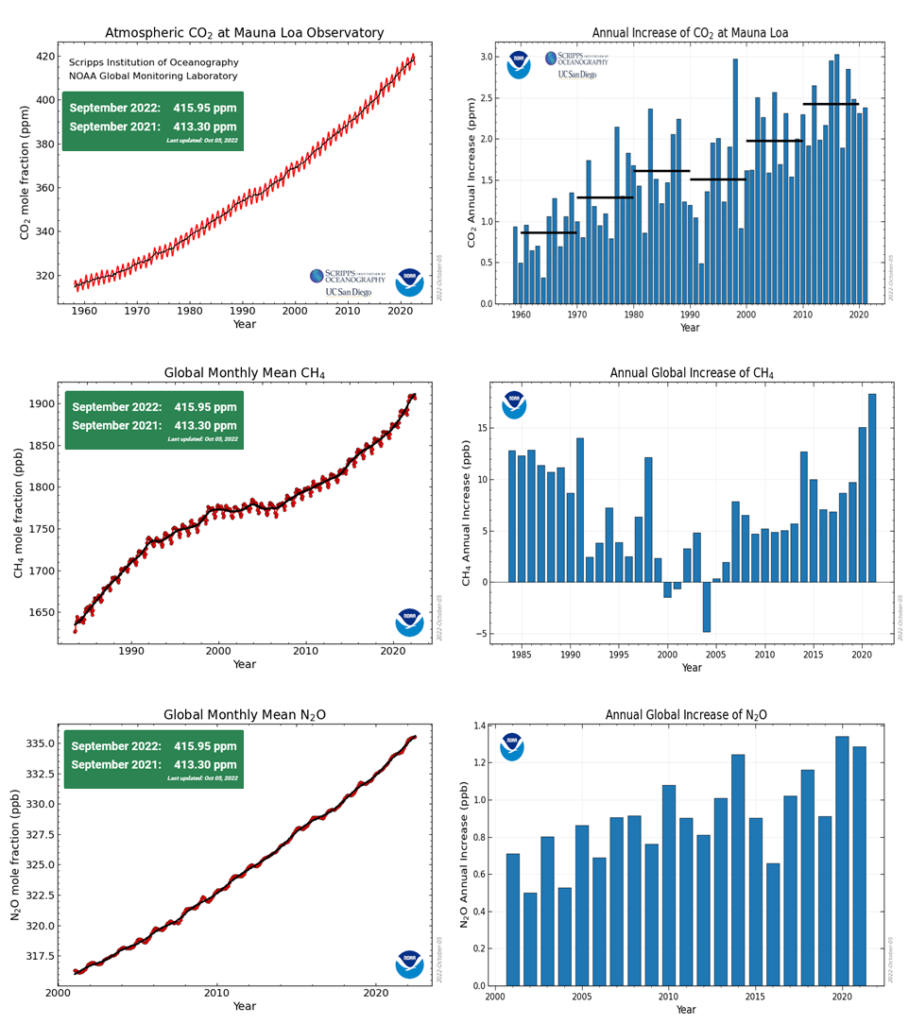
The ‘pump handle’ graph below begins by showing monthly readings from the various sampling sites around the world on the left (with the distance from the equator – S to N plotted on the horizontal axis), and the global averages on the graph to the right.
The northern (right) end of the plot of monthly readings jumps up and down showing the marked annual variation in the atmospheric CO2 as the gas is consumed by plants’ photosynthesis in the spring and released by dead and decaying vegetation in the fall. More CO2 is released into the atmosphere in each year than plants can use, causing the average to ratchet upward each year. The excess CO2 is mostly from the burning of fossil fuels that has exceeded the biosphere’s capacity to use it to support plant growth.
The inset map shows the the location of each site from which the CO2 in each month.
When the present time is reached the graph begins looking backwards in time. The different colors represent the different sources of information for the older readings back into the Ice Age.
As shown by the first series of graphs, CO2 is currently the dominant GHG because of its high concentration, but on a molecule-by-molecule basis methane (CH₄) and oxides of nitrogen (mainly N20) are much more powerful. At the rate methane is being released compared to the other gases, it will soon replace CO2 as the dominant GHG. Because permafrost and frozen soil above and below sea level presently holds vast amounts of methane inertly as ice-like hydrates, a warming Arctic has the capacity to release many times the present volume of atmospheric methane.
All three gases are released from natural sources at a greater rates as the ambient temperature rises. This causes positive feedbacks on global average temperatures that are effectively beyond human control. To slow the natural emissions we must reduce those GHG emissions we can control FASTER than positive feedbacks are driving them higher or reduce the strength of the greenhouse either by actively removing and safely sequestering GHGs or by actively cooling the WHOLE PLANET by some kind of geoengineering process(es) that reflects solar energy before it is trapped in the Earth System. The point beyond which we cannot stop the warming process is literally a point of no return on the road to runaway global warming.
The observations show that there is actually a very real and very high risk of near term human extinction (i.e., an EXISTENTIAL RISK) if we do not act to stop global warming
Ample evidence shows there is enough carbon readily available for release in a runaway warming scenario in the Earth System to to raise global average temperatures by 5-10 °C within a century or so of passing the point of no return.
I have reviewed the scientific evidence supporting this scenario at some length in two detailed presentations: (2021) Portents for the Future – 2020 Wildfires on the Siberian Permafrost; (2022) Some fundamental issues relating to the science underlying climate policy: The IPCC and COP26 couldn’t help but get it wrong. And then, even the hyper-conservative UN is beginning to understand the risks despite all the pressures to downplay or ignore the all too likely consequence of runaway warming and the urgency with which governments need to act to stop and reverse global warming. But even then they avoid stating the all too likely reality — GLOBAL MASS EXTINCTION – INCLUDING HUMANS.
The truth is so dire and scary that even most scientists fear (consciously or subconsciously) to use the EXTINCTION word
As I argued in my 2022 presentation, linked above, this is especially the case of academic modelers with training in physics (rather than, say, systems engineering). Three issues likely have significant influences:
- Scientific reticence – you don’t win grants or tenure or get promoted if you work too far outside the boundaries of your academic furrows (i.e., what your academic peers expect of you) – and this is especially true of you come to scary or unpopular conclusions,
- Failure to understand how to deal with risks associated with non-linear feedbacks and mathematical chaos in complex dynamical systems: e.g., discarding models that sporadically ‘blow up’ and break, rather than accepting that these are more likely valuable indicators of how such system can behave in the real world. Systems engineers know systems break, and observe/test them until they do break (preferably many times in many different ways), and even have a discipline dedicated to that approach: ‘Failure Modes and Effects (Criticality) Analysis‘. Mathematical modelers work very hard to remove real-world chaos from their models because the underlying belief of most physicists is that physical processes should be exactly repeatable.
- Failure to accept that an ‘existential’ risk is actually actually a factual statement that personal, species, and global mass extinction is a very real and even likely result if a runaway situation occurs. Physics happens irrespective of what any human might wish.
Mathematical models are useful for understanding possible behaviors of complex climate systems, but should not be accepted and acted on as accurate representations of how probable or costly a particular event or excursion might be. If an existential event occurs, its cost to humans will literally be infinite, because the denominator will be zero. The cost to society will huge in that no society will be left to pay it…..
However, even the prestigious science journal Proceedings of the (US) National Academy of Sciences (PNAS) does not take the consequences of civilization’s collapse in the face of runaway warming to the logical conclusion. Nevertheless, it follows from the substantial array of evidence on Climate Sentinel News and covered in the presentations linked above that we are already trending towards collapse. It follows from these considerations that:
- Only mobilization of a massive and coordinated effort to stop ongoing human carbon emissions will suffice to stop the feedbacks from running away.
- As temperatures continue rising increasing ecological changes will begin debilitating an increasing percentage of the human population, making areas of our planet effectively uninhabitable; and lead to the effective extinction of keystone species in natural and agricultural ecosystems – leading to their effective collapses.
- Human organizations, economies, nation states, civilizations will be increasingly stressed until they too begin to collapse as a consequence of mass disablements and deaths from heat stress, famine, social disruption, disorder and lethal conflicts probably including nuclear warfare over dwindling resources.
- As 3 progresses, at some (probably relatively early point in the process), humanity would no longer have the resources, coordination or physical capacity to mount the massive and coordinated effort to stop and reverse the accelerating warming process.
- Given that surviving humans are no longer capable of stopping the warming process, the planet will continue to strengthen greenhouse warming until
- the feedback is slowed as most of the readily available inert carbon in the Earth System has been burned and converted into greenhouse gases; or
- some currently unknown process will kick in at some point on the temperature scale that allows Earth to shift its radiation balance from absorbing more solar energy than it can emit to emitting as much or more heat energy than the solar energy it is absorbing.
- Earth’s geological record shows several heat spikes occurred over an ‘instant’ of geological time (e.g., the End Permian is the most obvious case) where global temperatures peaked so fast that most life on the planet could not adapt genetically fast enough to survive when their physiological limits were exceeded — resulting in global mass extinction events. Given the exponential nature of feedback-driven processes, runaway warming could easily raise global temperatures by 10 or more degrees within a century or two, that large, slowly reproducing organisms like humans simply could not adapt to genetically in 5 or 10 generations. This is because the knowledge for genetic engineering and the capacity to make the very sophisticated high technology required would be lost in the very early stages of societal collapse.
- Thus, if humans fail to stop and reverse global warming very soon, human extinction within a century or two is highly probable. At the very best a few subsistence hunters and gathers might survive along with a few other remnant species in far polar regions. However, their chance of surviving with an intact knowledge base, infrastructure, and resources for any kind of industrial or high technology would seem to be nil. Fossil fuels will have been burned up into greenhouse gases even assuming other mineral resources could be found within the still livable areas of the planet.
The truth is….
As grim and frightening as this prospect should be to anyone facing the future reality with a family of loved ones, humans as we know ourselves would be fully extinct with no progeny, or at best our heritage would be no more than a few implausible myths and fairy tales told around camp fires in a few tribes of hunters and gatherers……
The truth also is we have a choice…. If humans can start working together with enough determination and effort, we probably still can stop and reverse the warming…
Personally, I do not think we have passed the point of no return, but that we are already close enough to it that by implementing world-war scale global mobilization of people and industry, and the expenditure of massive resources we, still have the capacity to turn the warming process around. Human efforts might seem to be too piddling to have any effect on planetary scale processes. However, consider this…. Accidentally, without thinking, human activities have managed to increase atmospheric CO₂ concentration from around 316 ppm to 416 ppm since (around 30%) since controlled measurements began to be made in 1958; or from an inferred 280 ppm (around 49%) since the beginning of the industrial revolution as shown in the Featured Image – a snapshot showing growth since the beginning of the Industrial Revolution that began around 1750.
Given that humans were able to have this degree of impact on Earth’s atmosphere more or less by accident, to me it is reasonable to believe that with total mobilization of human and modern technological resource we have enough knowledge to stop and reverse the warming. If the alternative to doing nothing is extinction, there is a strong business case for doing whatever it takes to stop extinction, however much it costs.
Unavoidably an intensely political process will be required to achieve the necessary mobilization and expenditure of resources.
How can this mobilization be achieved?
We have to turn away from the the Apocalypse on the road to hothouse hell, and we won’t do this by continuing with business as usual!
It seems to have taken the clear thinking of Greta Thunberg, a 16 year-old girl who concluded school was pointless as long as humans continued their blind ‘business as usual’ rush towards extinction.
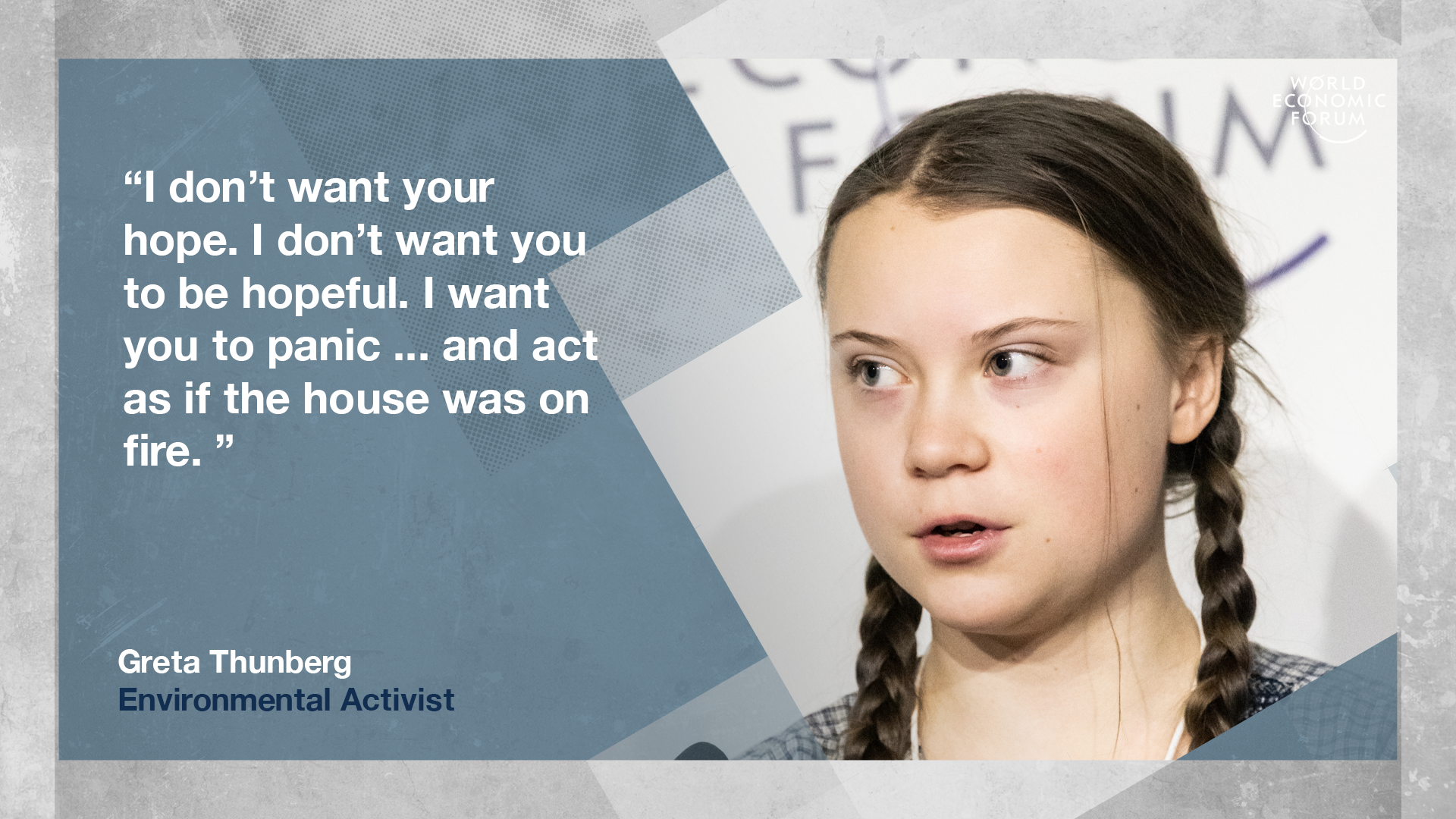
In other words, wake up! smell the smoke! see the grimly frightful reality, and fight the fire that is burning up our only planet so we can give our offspring a hopeful future. This is truly the only issue that matters. Even the IPCC’s hyperconservative Sixth Assessment Report that looks at climate change’s global and regional impacts on ecosystems, biodiversity, and human communities makes it clear we are headed for an existential climate catastrophe if we don’t stop the warming process.
In Greta’s words, “even a small child can understand [this]”. People hope for their children’s futures. She doesn’t want your hopium. She wants you to rationally panic enough to wake up, pay attention to reality, and fight the fire…. so our offspring can have some hope for their future.
In our present situation where most of our governments are still supporting and even funding fossil fuel production and use, the most effective actions we can take as individuals is to change our governments to prioritize action on climate change above all other things. Nothing else matters if we have no future….
States are probably even more important than the Federal Government where climate action is concerned
States permit, enable and regulate mining and production of fossil fuels, and many of the important sources of emissions. Planning, industrial, rural, public safety and others are all primarily state concerns where political and administrative decisions may have considerable impact on regulating carbon emissions. Thus, if you are concerned to influence how your state acts in relation to the climate emergency, you need to elect representatives who will do this rather than bow down to wealthy patrons and vested interests who want to protect their short-term profits rather than humanity’s longer-term future.
The Victorian state election on 26 November is our next opportunity to begin focusing our state parliaments on the need to prioritize climate action. For Victorian voters, this may be the most important vote you ever make: Do you support major parties in their business as usual financial and regulatory support of the fossil fuel industry, or will you vote for a minor party or independent who is clearly focused on promoting and facilitating climate action?
Applying your decision to preferential voting on the ballot
If you believe that our present Labor government or the Liberals will govern in your interests rather than protecting and supporting their patrons in the fossil fuel and related industries, then go with the flow and don’t concern yourself with the likely consequences of going down their fossil fueled road towards runaway global warming. On the other hand, if you think it is better to work for a sustainable future where your children and their children can hope for a happy life, Vote Climate One can help you elect a government that will actively lead and support this effort.
Our Climate Lens Traffic Light Assessment process will help you to do this most effectively in both houses of Parliament. Also, our Climate Sentinel News provides access to factual evidence about the growing climate crisis to support your thinking, In the May Federal Election, our Traffic Light Voting System made it easy to use factual evidence about where each candidate in your electorate ranks in relation to their commitment to prioritize action on the climate emergency. We have modified this for the Victorian State Election in November. Part of our assessment process asks independent candidates the following questions:

If we can get climate savvy governments in power soon enough, we may be able to mobilize enough action to survive our accidental disruption of Earth’s Climate System so our kids and grandkids inherit a world they can live in…

Featured Image. Annotated snapshot from the from the Trends in CO2 video above. The pre 1958 measurements in orange were made from trapped air bubbles in precisely dated ice cores cut from the Law Dome in Antarctica as explained on the Trends in CO2 website.

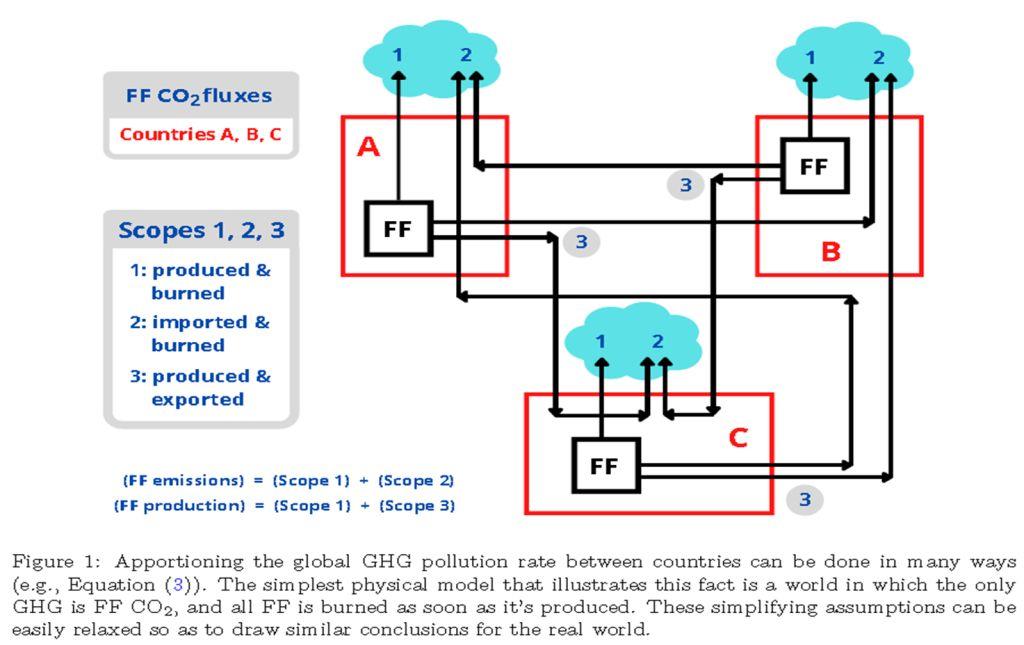
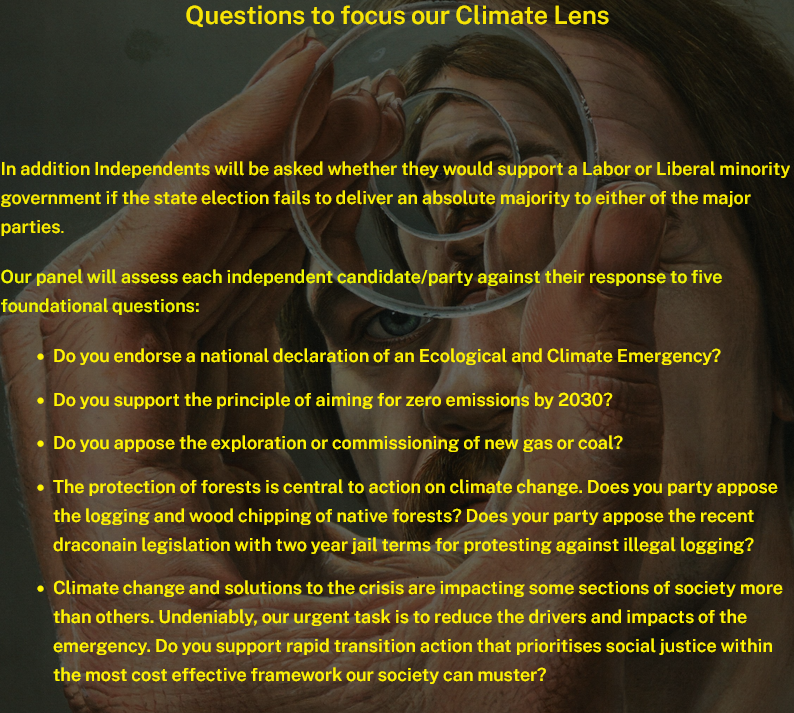
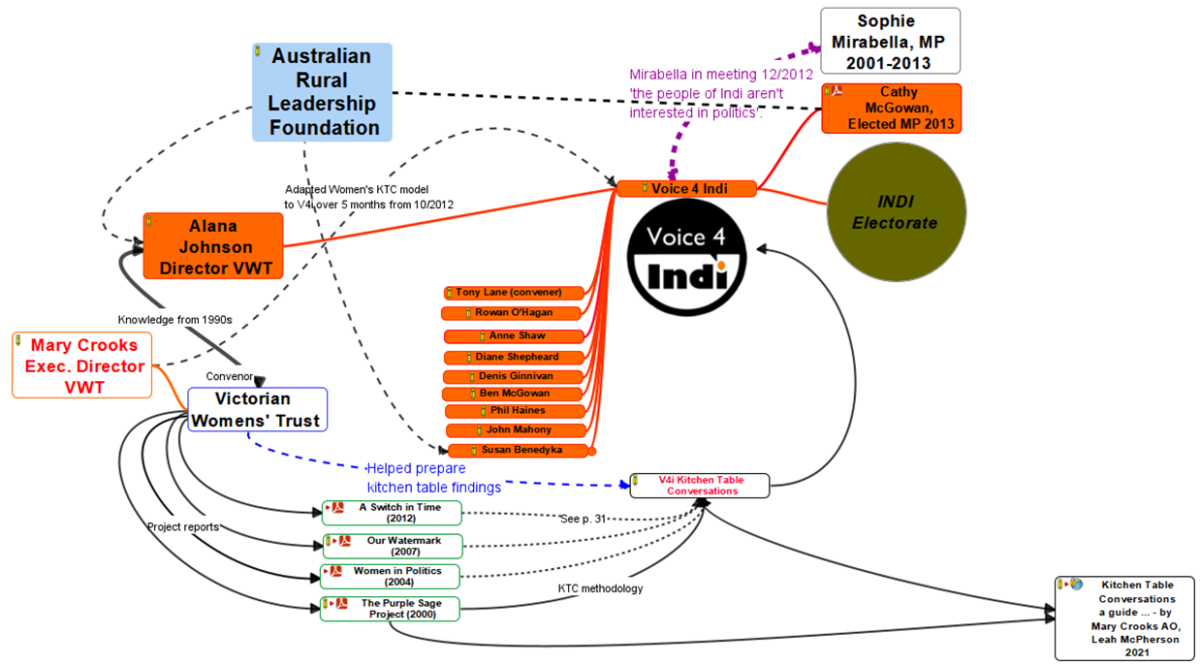
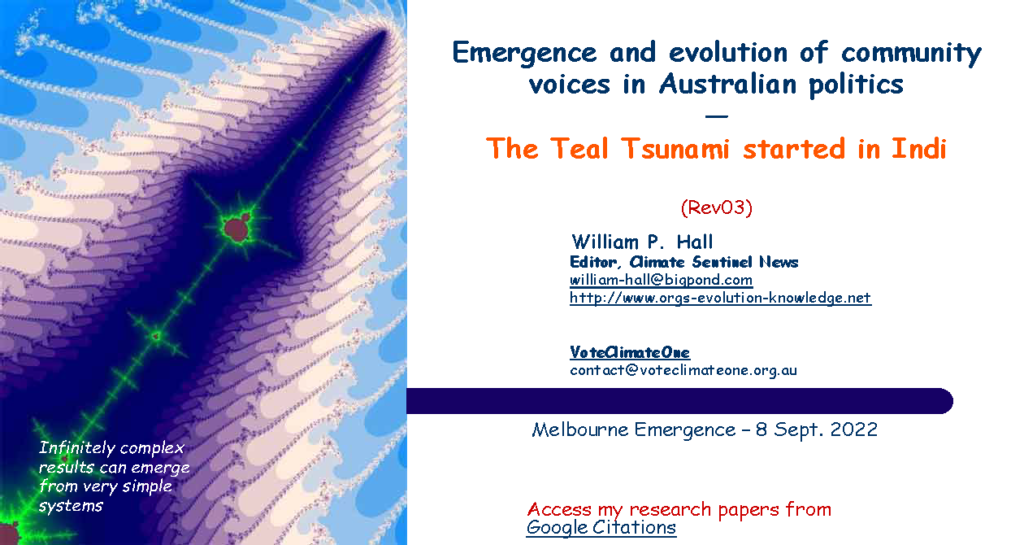
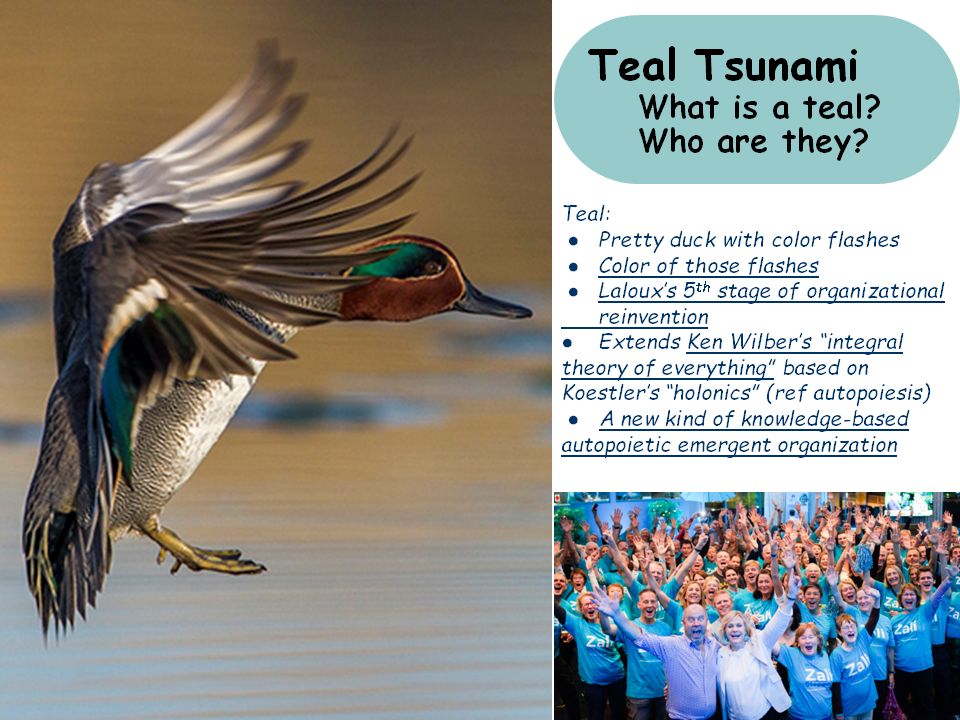
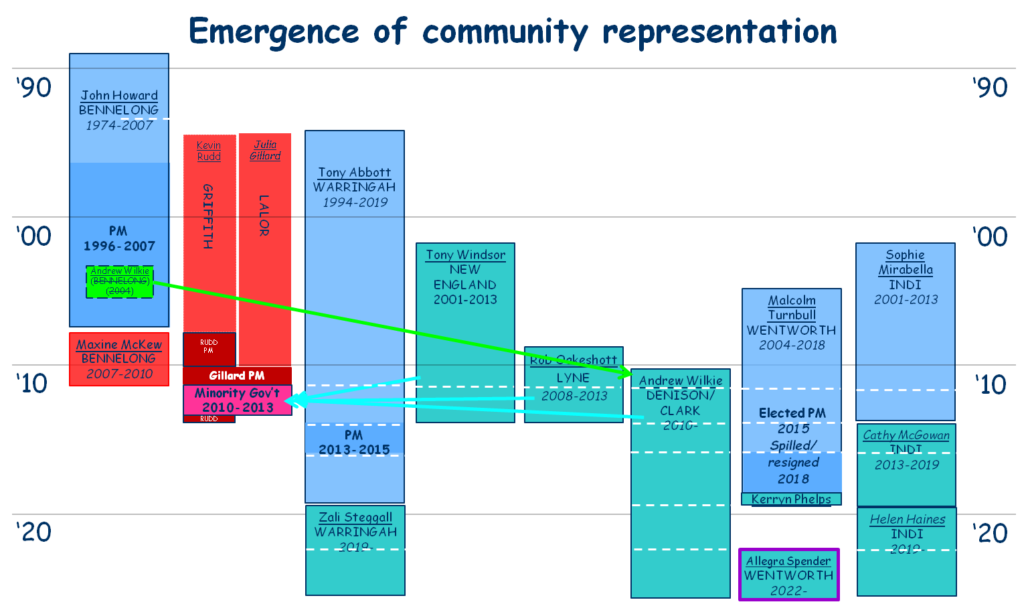
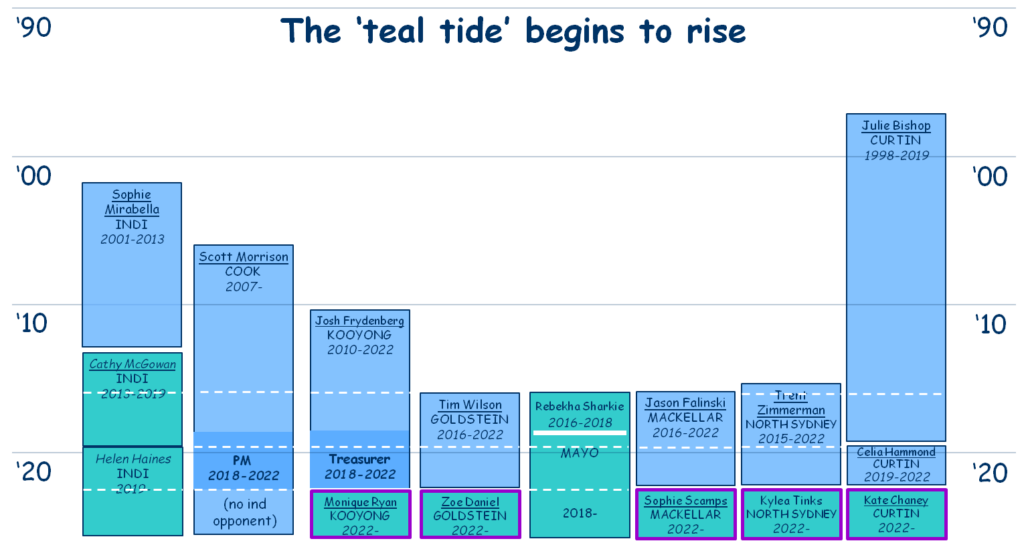
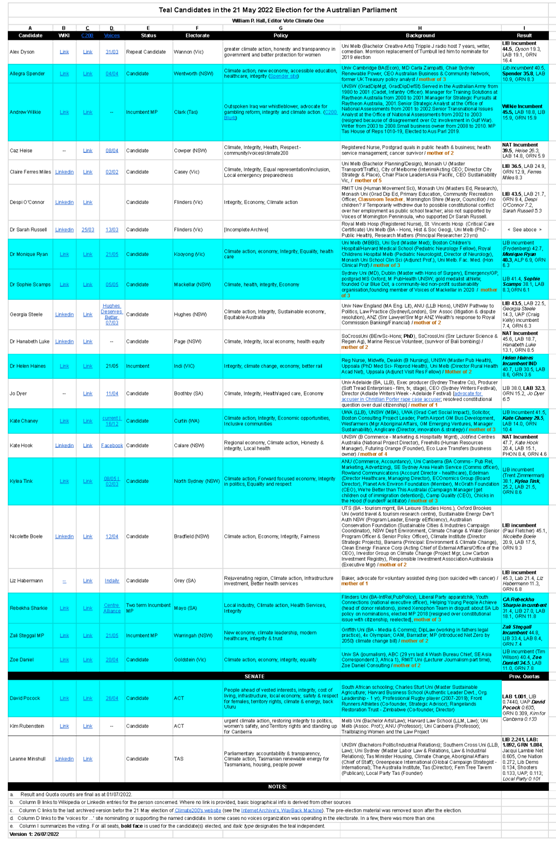
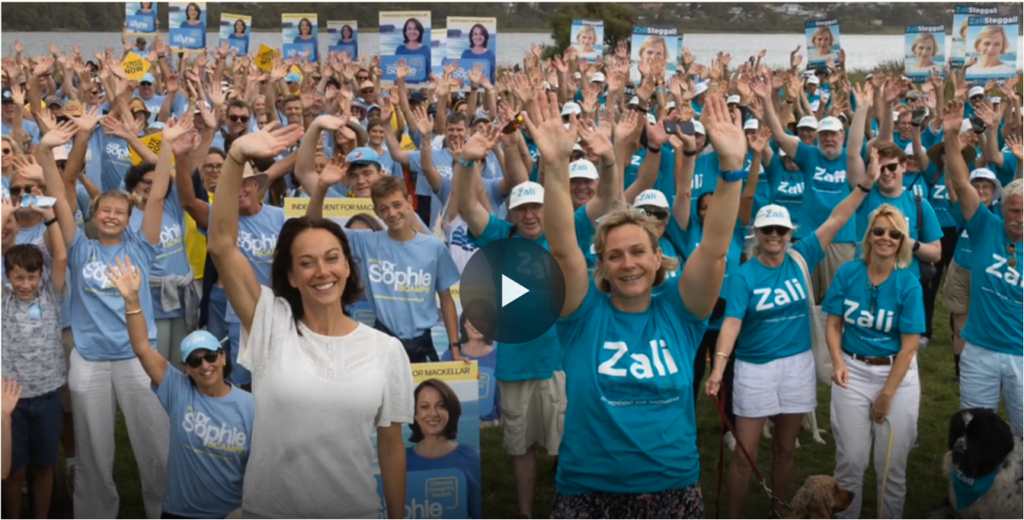
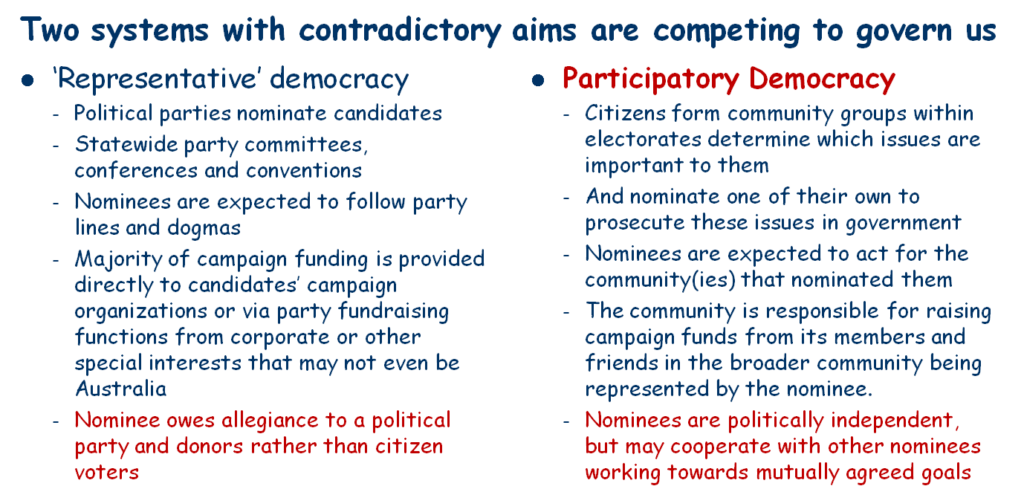
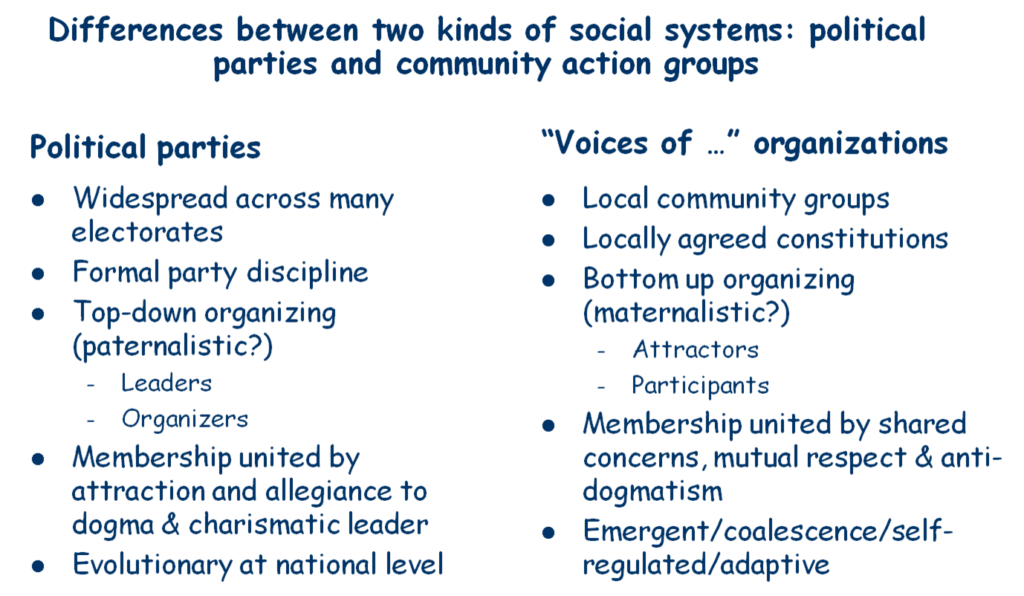

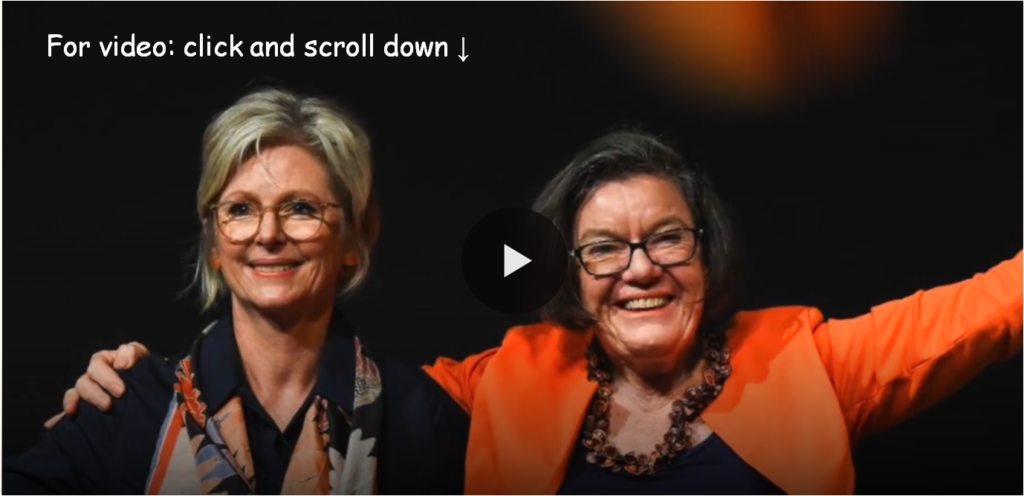
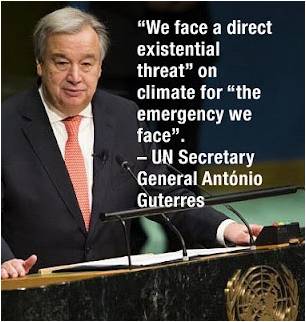
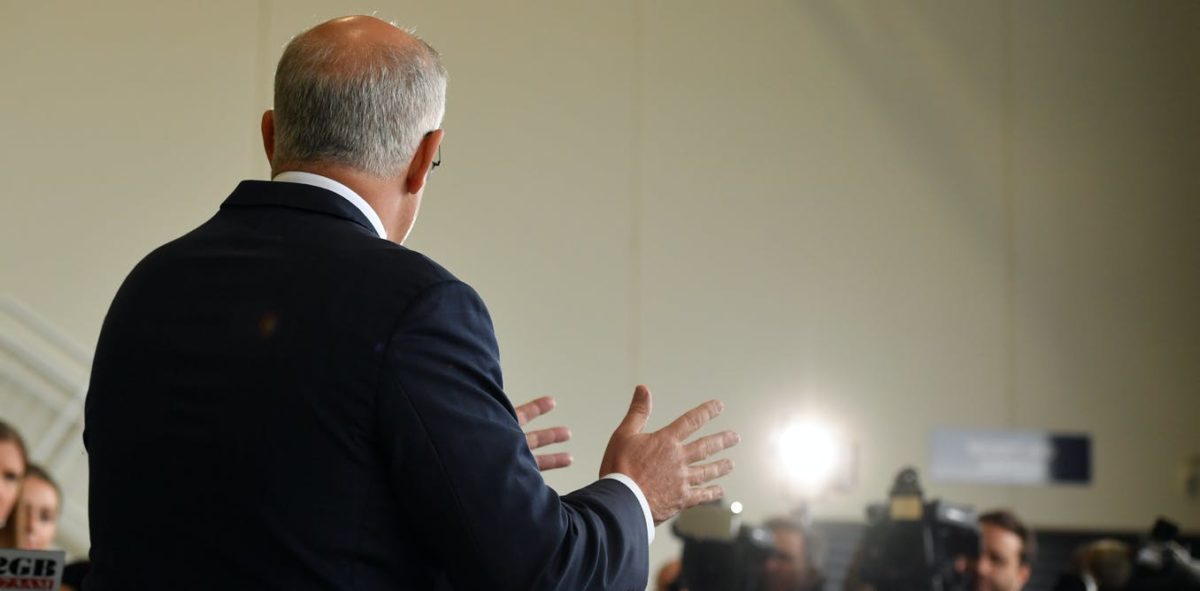
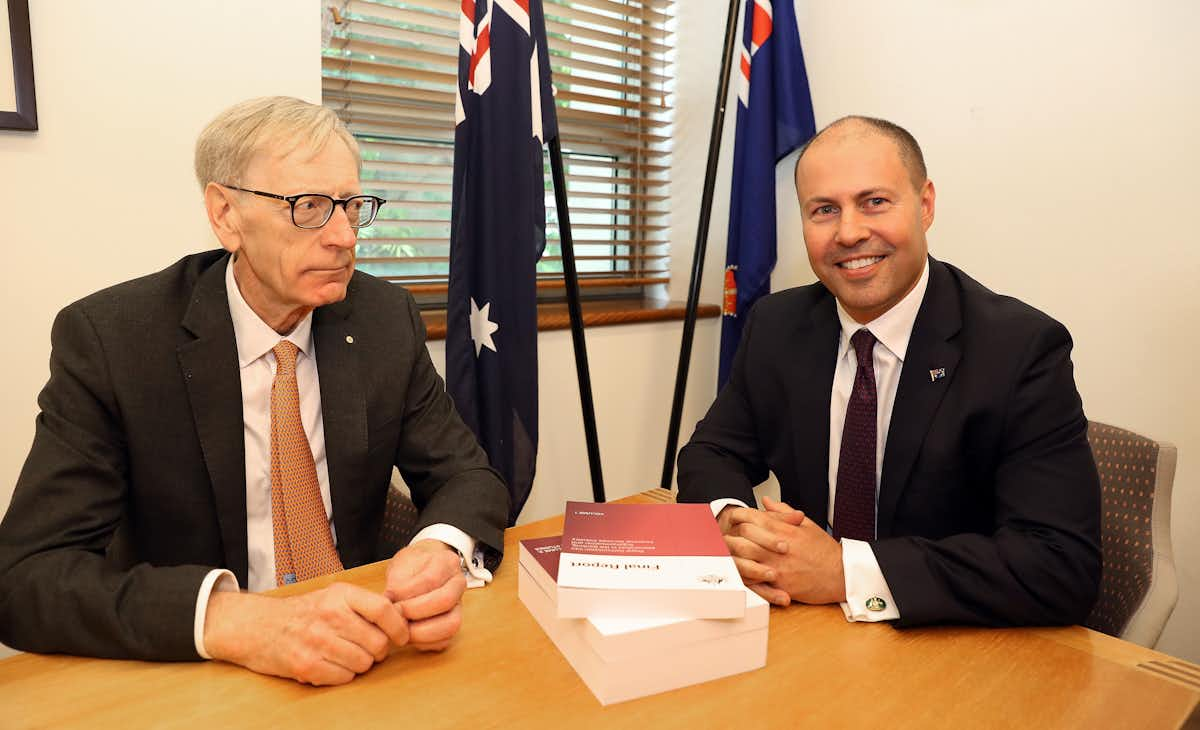

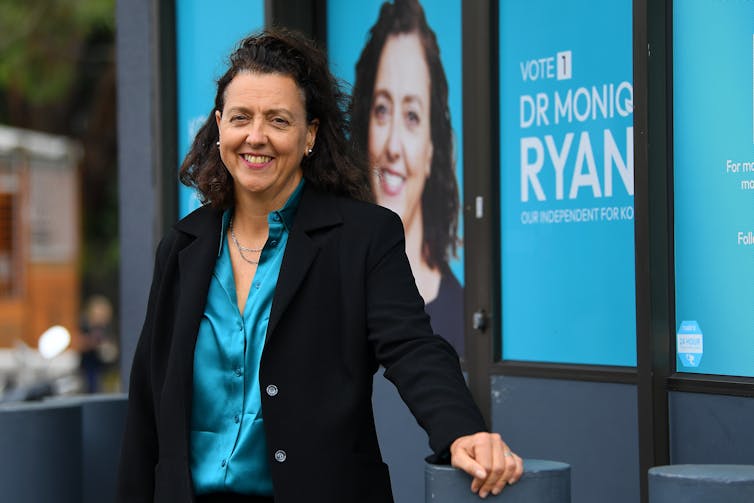
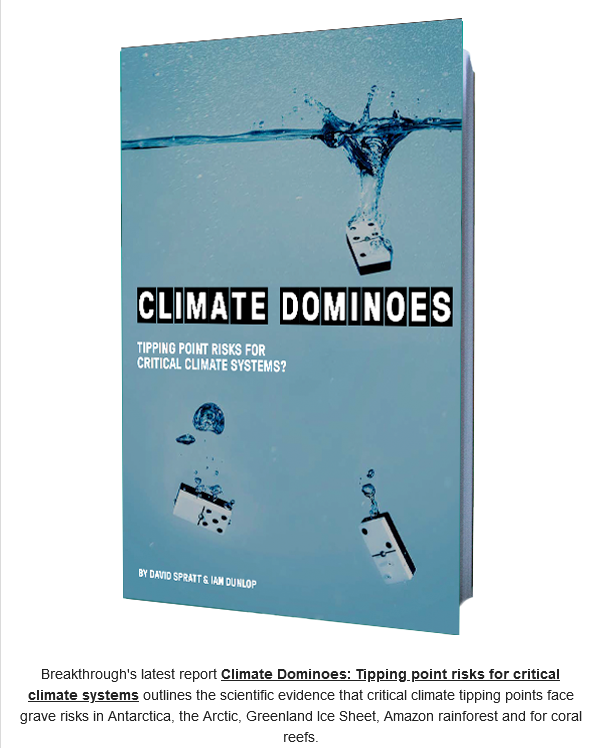
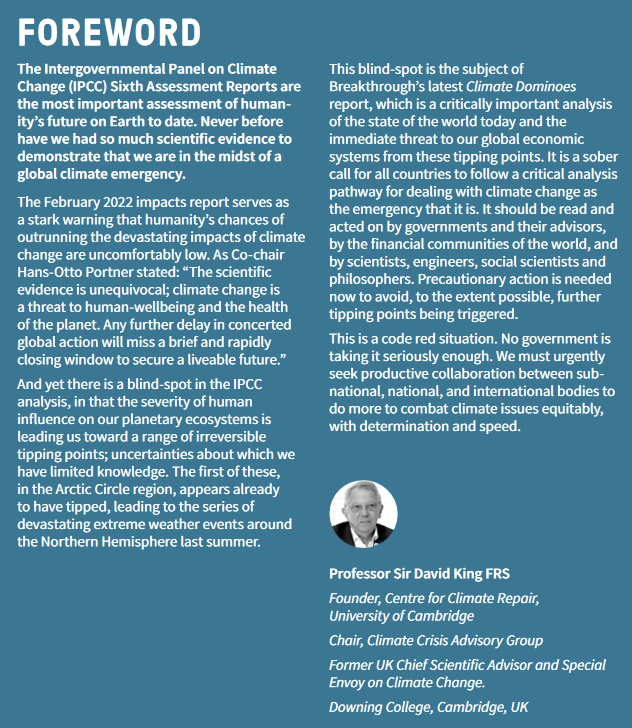

Useful article, thank you. Top article, very helpful.